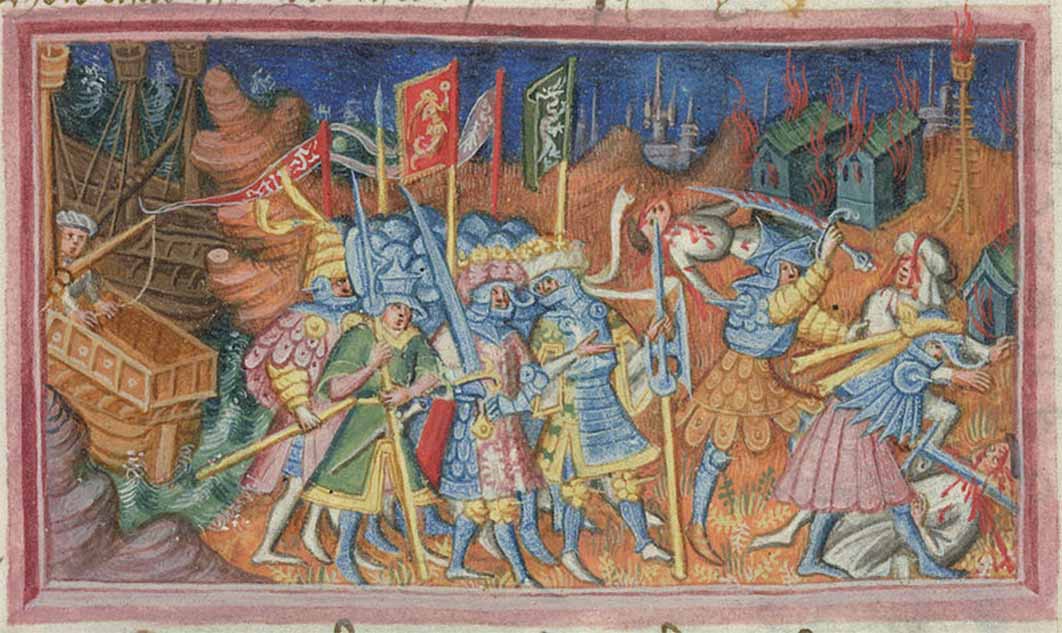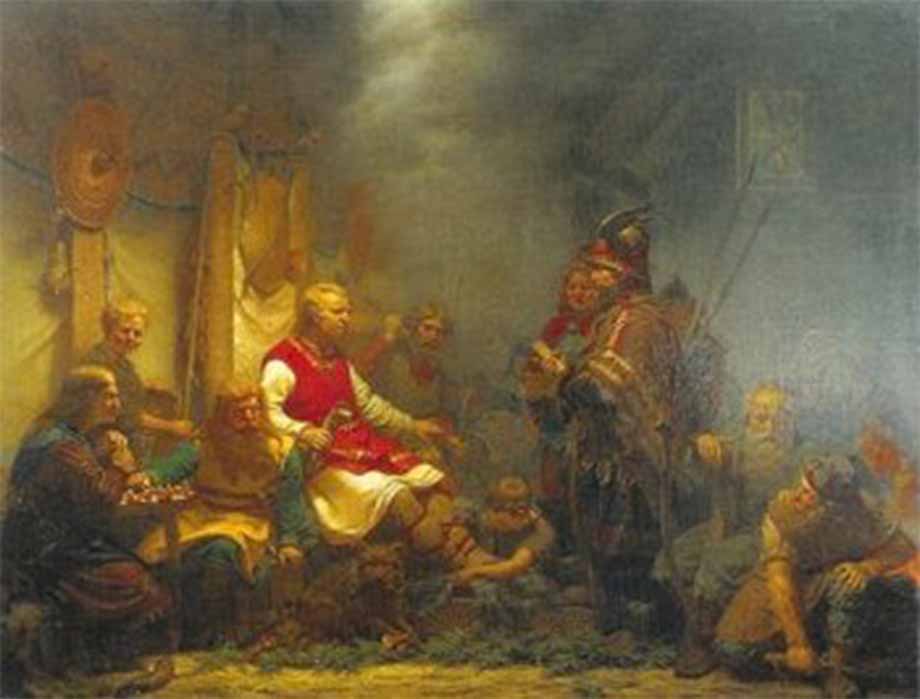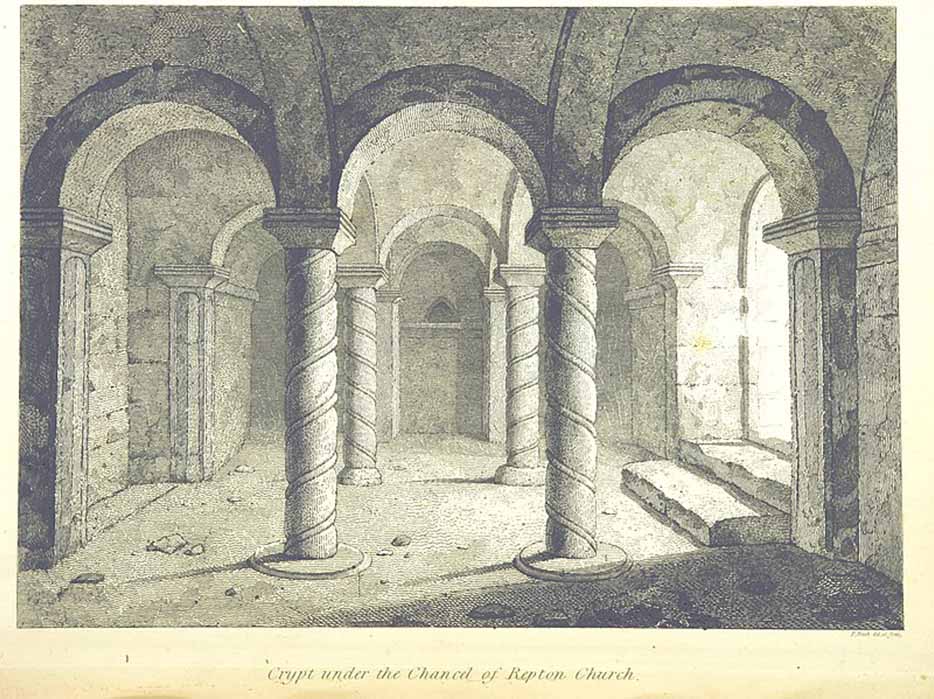
Repton, The British Valhalla To The Great Viking Heathen Army And Ivar The Boneless?
Was Ivar the Boneless, son of Ragnar Lothbrock, buried at Repton in Derbyshire county, England? At first glance the small village of Repton, with its gentle village green does not seem at all remarkable, but over the past 50 years archaeology has gradually revealed its secrets: that Repton was both an Anglo-Saxon royal centre and the final resting place for over 200 members of the Viking Great Heathen Army. For this reason it is referred to locally as Valhalla.
Conversion to Christianity
The Abbey at Repton was founded in circa 600 AD by Saint David, or 60 years later by the Mercian royal family. The written history of Repton dates to 653 AD, when the monk Bede tells that Peada, King of Mercia, the Anglo-Saxon kingdom of which Repton was part, was baptized in order to secure a marriage alliance with the kingdom of Northumbria. In an attempt to convert the whole of Mercia to Christianity, four missionaries were sent there, Diuma, Adda, Betti and Cedd. King Peada however met a bloody end, having been somewhat ironically betrayed by his wife.

King Ælla's messenger before Ragnar Lodbrok's sons, by August Malmström (1857) (Public Domain)
It was at this monastery that Saint Guthlac lived and commissioned works such as his famous Guthlac Roll. It is said Guthlac was a Mercian warrior who took up arms having been inspired by “the valiant deeds of heroes of old” according to his biographer Felix. He won many battles until one night after contemplating his life he underwent religious conversion and received a monk's tonsure at Repton. He spent two years as a monk there, and then he lived the life of a hermit in the Fens and was later made a saint. Archaeologists proved that the church crypt was constructed around this time. The crypt itself is a remarkable Anglo-Saxon Mercian construction.
This crypt once housed the body of King AEthelbad of Mercia who was a friend of Guthlac’s and patron of his saintly cult. After his burial Repton became the very heart of Mercian spiritual power, and the church was probably intended and used as a royal mausoleum.

The Anglo-Saxon crypt at Repton from Magna Britannia. British Library (Public Domain)
One hundred years later the son of the King of Mercia, Wystan was killed in 849 AD by his kinsman Beorhtfrith and this murdered prince consequently became a saint and his relics were kept at Repton Church.
Landing of the Great Heaten Viking Army
The chronicles that record these events are amongst the treasures of Anglo-Saxon England but during this period they begin to feature something more than the tales of the Anglo-Saxon kings; the fact that Viking ships were now raiding Britain's shores and targeting the wealth of her monasteries in particular. Soon afterwards, in 865 AD, England saw a serious escalation in Viking attacks and the Anglo-Saxon Chronicle tells that it was in that year that the micel here, or Great Viking Heathen Army first came to Britain and overwintered in East Anglia before it began its campaign across the country.





